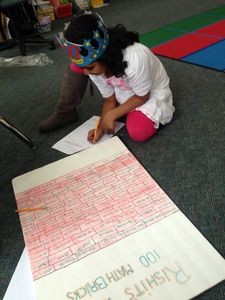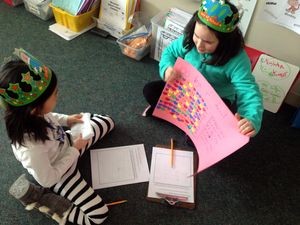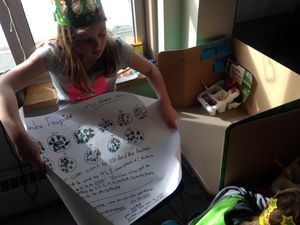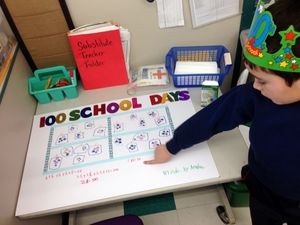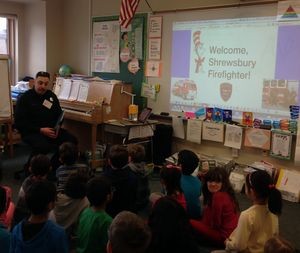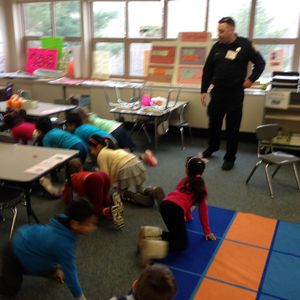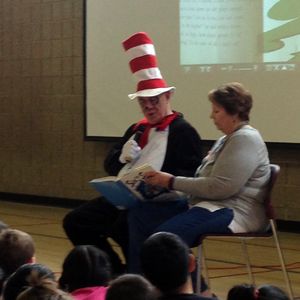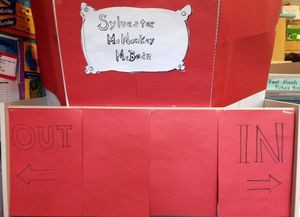Posted by kavery508 | Posted in Uncategorized | Posted on March 28, 2016
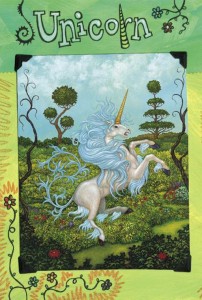 Literacy Night is coming on Friday, April 8, 6-9 PM! Floral alumni know this to be an evening of fun, games, treats, and everything reading and writing. This year’s honored guests include local illustrator and author Ralph Masiello (http://ralphmasiello.com/) and historical actress Sheryl Faye (http://sherylfaye.com/). I have OK’d several students’ writing pieces for those wishing to read aloud on Literacy Night. Any remaining copies and permission slips will come home this week. When practicing the pieces at home, encourage your child to read loudly and s-l-o-w-l-y, with expression that matches the genre (e.g. for narratives, read like you’re telling a bedtime story; for informative and opinion, read like you are the world’s leading expert). It can be helpful and instructive to see how the experts do this! Together, explore good reading/speaking at Storyline http://www.storylineonline.net/ (narratives) or Ted Talks https://www.ted.com/playlists/86/talks_to_watch_with_kids (nonfiction).
Literacy Night is coming on Friday, April 8, 6-9 PM! Floral alumni know this to be an evening of fun, games, treats, and everything reading and writing. This year’s honored guests include local illustrator and author Ralph Masiello (http://ralphmasiello.com/) and historical actress Sheryl Faye (http://sherylfaye.com/). I have OK’d several students’ writing pieces for those wishing to read aloud on Literacy Night. Any remaining copies and permission slips will come home this week. When practicing the pieces at home, encourage your child to read loudly and s-l-o-w-l-y, with expression that matches the genre (e.g. for narratives, read like you’re telling a bedtime story; for informative and opinion, read like you are the world’s leading expert). It can be helpful and instructive to see how the experts do this! Together, explore good reading/speaking at Storyline http://www.storylineonline.net/ (narratives) or Ted Talks https://www.ted.com/playlists/86/talks_to_watch_with_kids (nonfiction).
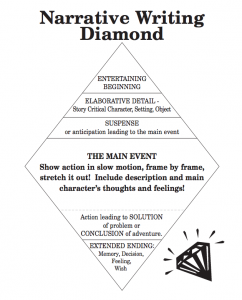 This week we will learn how to add Red Flags to our writing. These are transitional phrases that keep the reader’s interest: Without warning; Suddenly; A second later; Finally; etc. Consider the difference between these two moments: 1) I slipped. I fell in the water. 2) Before I knew it, my foot slipped on the mossy stones. In a flash, I slid into the murky pond! We will also learn what makes a good ending. Initially, many kids want to end their stories with “Then I went home and went to bed,” thinking the end of a day should equal the end of a story. Instead, students should end by reflecting on what was written using a combination of feelings, memories, and/or hopes/decisions for the future: I’ll never forget that trip to Old Sturbridge Village and how funny it seemed when I fell into the pond. I still laugh thinking about it. Next time, I’ll stay on the path for sure!
This week we will learn how to add Red Flags to our writing. These are transitional phrases that keep the reader’s interest: Without warning; Suddenly; A second later; Finally; etc. Consider the difference between these two moments: 1) I slipped. I fell in the water. 2) Before I knew it, my foot slipped on the mossy stones. In a flash, I slid into the murky pond! We will also learn what makes a good ending. Initially, many kids want to end their stories with “Then I went home and went to bed,” thinking the end of a day should equal the end of a story. Instead, students should end by reflecting on what was written using a combination of feelings, memories, and/or hopes/decisions for the future: I’ll never forget that trip to Old Sturbridge Village and how funny it seemed when I fell into the pond. I still laugh thinking about it. Next time, I’ll stay on the path for sure!
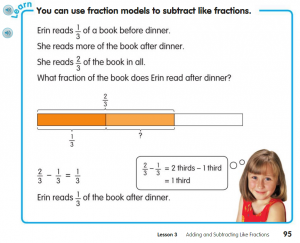 We will wrap up our study of fractions by learning to add and subtract “like” fractions. We’ll then connect this concept to bar models we’ve previously used to represent problems. Check out the picture above: notice how bar models can be used to think concretely about the relative space and size involved in fractions–smart!
We will wrap up our study of fractions by learning to add and subtract “like” fractions. We’ll then connect this concept to bar models we’ve previously used to represent problems. Check out the picture above: notice how bar models can be used to think concretely about the relative space and size involved in fractions–smart!
 Our Trimester 3 mapping goals include locating and identifying all continents, oceans, and major physical features of the U.S. such as the Mississippi, Rocky Mountains, Appalachians, Great Lakes, etc. We’ll begin by examining the big guys, learning to name the continents and discovering geographical features of North and South America.
Our Trimester 3 mapping goals include locating and identifying all continents, oceans, and major physical features of the U.S. such as the Mississippi, Rocky Mountains, Appalachians, Great Lakes, etc. We’ll begin by examining the big guys, learning to name the continents and discovering geographical features of North and South America.
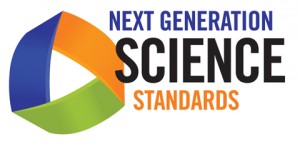 The Next Generation Science Standards outline the important skills and concepts students should know in grades K-12. As we wrapped up our study of Air and Weather, students engaged with the idea that we use the knowledge acquired through scientific study to solve problems. Tasked with the problem of how to keep a paper towel in a beaker dry under water, they engaged in discourse and engineering design combined with empirical procedures and revised thinking. As Aamir put it, “Failure is as important as success!”
The Next Generation Science Standards outline the important skills and concepts students should know in grades K-12. As we wrapped up our study of Air and Weather, students engaged with the idea that we use the knowledge acquired through scientific study to solve problems. Tasked with the problem of how to keep a paper towel in a beaker dry under water, they engaged in discourse and engineering design combined with empirical procedures and revised thinking. As Aamir put it, “Failure is as important as success!”
The final science topic of the year that we will explore is States of Matter. Through a combination of hands-on activities, investigations meant to teach the scientific process of inquiry, and multimedia approaches, students should develop an understanding of matter and be able to identify solids, liquids, and gases by their observable properties. This week they will investigate solids, liquids, and gels by manipulating examples of each in order to learn about their properties. Here’s a link to our district’s science program for this topic, with objectives and content defined:https://www.fossweb.com/delegate/ssi-wdf-ucm-webContent?dDocName=D568667

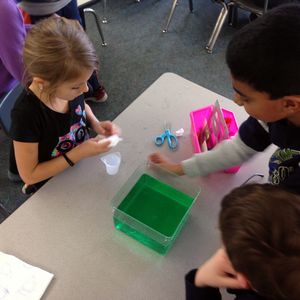
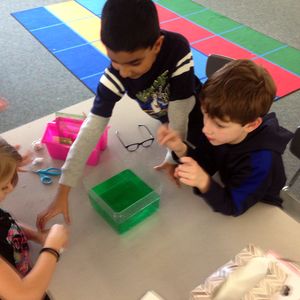
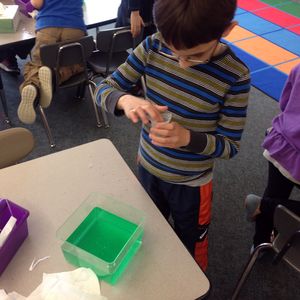
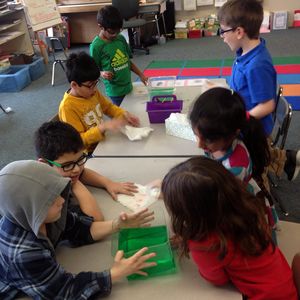
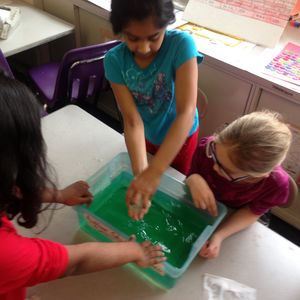


 Our reading focus this week is on using the comprehension strategy Determining Importance. In nonfiction texts, authors use titles, subtitles, and headings as clues to their main ideas. Using a variety of texts, students will read the supporting details of an author’s argument. Then, they will sort out interesting vs. important information using the headings and title to guide their thinking. You can try it out at home, too! Visit a kid-friendly site like
Our reading focus this week is on using the comprehension strategy Determining Importance. In nonfiction texts, authors use titles, subtitles, and headings as clues to their main ideas. Using a variety of texts, students will read the supporting details of an author’s argument. Then, they will sort out interesting vs. important information using the headings and title to guide their thinking. You can try it out at home, too! Visit a kid-friendly site like 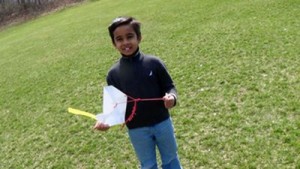
 This trimester, students will engage in skills-based math topics such as telling time, measuring in inches/feet, and more. We begin by learning fractions: what they are; how to name them; how to compare them, and how to add fractions with similar denominators. What’s important, according to the Common Core, is that students gain an understanding of what fractions mean and become fluent using halves, thirds, and fourths. Consider the example below. Notice how it encourages students to think about what fractions are and about their relative sizes. This picture and many more can be found in the Student Book accessible via the Math in Focus link above (Book B; Chapter 12). As always, hit me with any questions!
This trimester, students will engage in skills-based math topics such as telling time, measuring in inches/feet, and more. We begin by learning fractions: what they are; how to name them; how to compare them, and how to add fractions with similar denominators. What’s important, according to the Common Core, is that students gain an understanding of what fractions mean and become fluent using halves, thirds, and fourths. Consider the example below. Notice how it encourages students to think about what fractions are and about their relative sizes. This picture and many more can be found in the Student Book accessible via the Math in Focus link above (Book B; Chapter 12). As always, hit me with any questions! 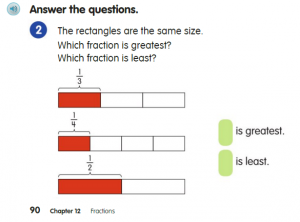
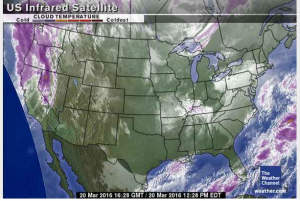
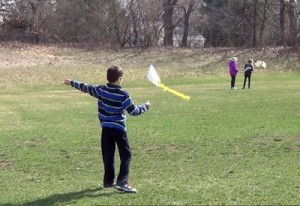
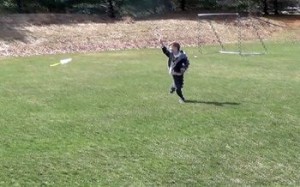
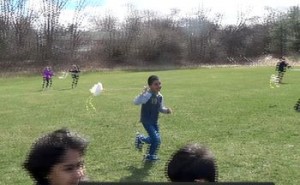
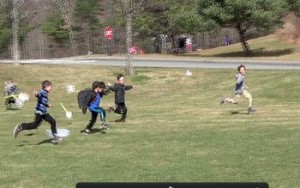
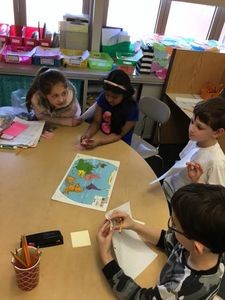
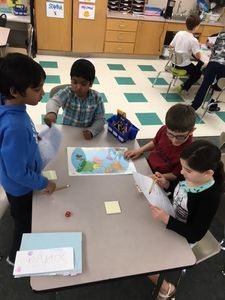
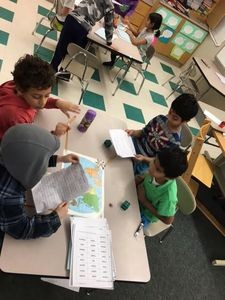
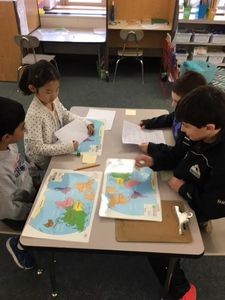
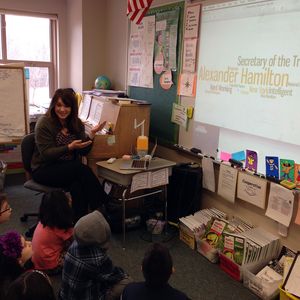
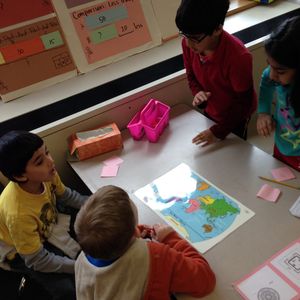
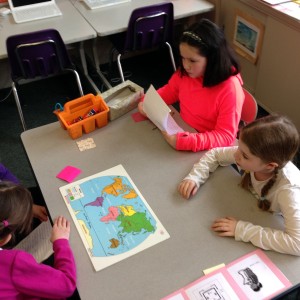
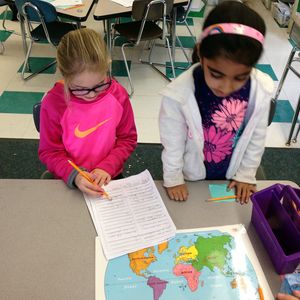
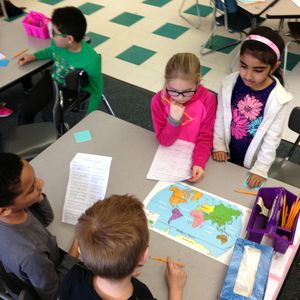
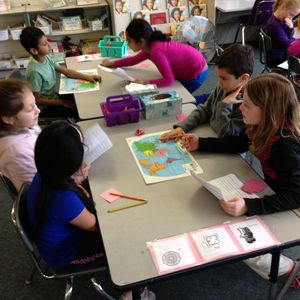
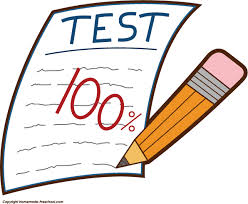
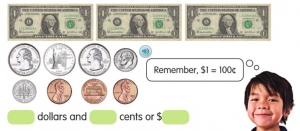
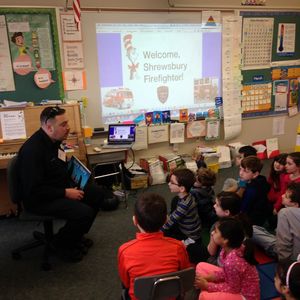
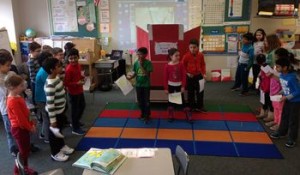

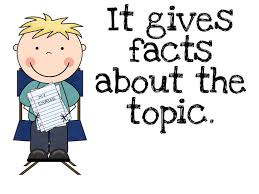 As the trimester ends, students will apply what they’ve learned about Informative Writing in a district-wide writing assessment this week. Their work has been phenomenal and they’re well-prepared!
As the trimester ends, students will apply what they’ve learned about Informative Writing in a district-wide writing assessment this week. Their work has been phenomenal and they’re well-prepared!